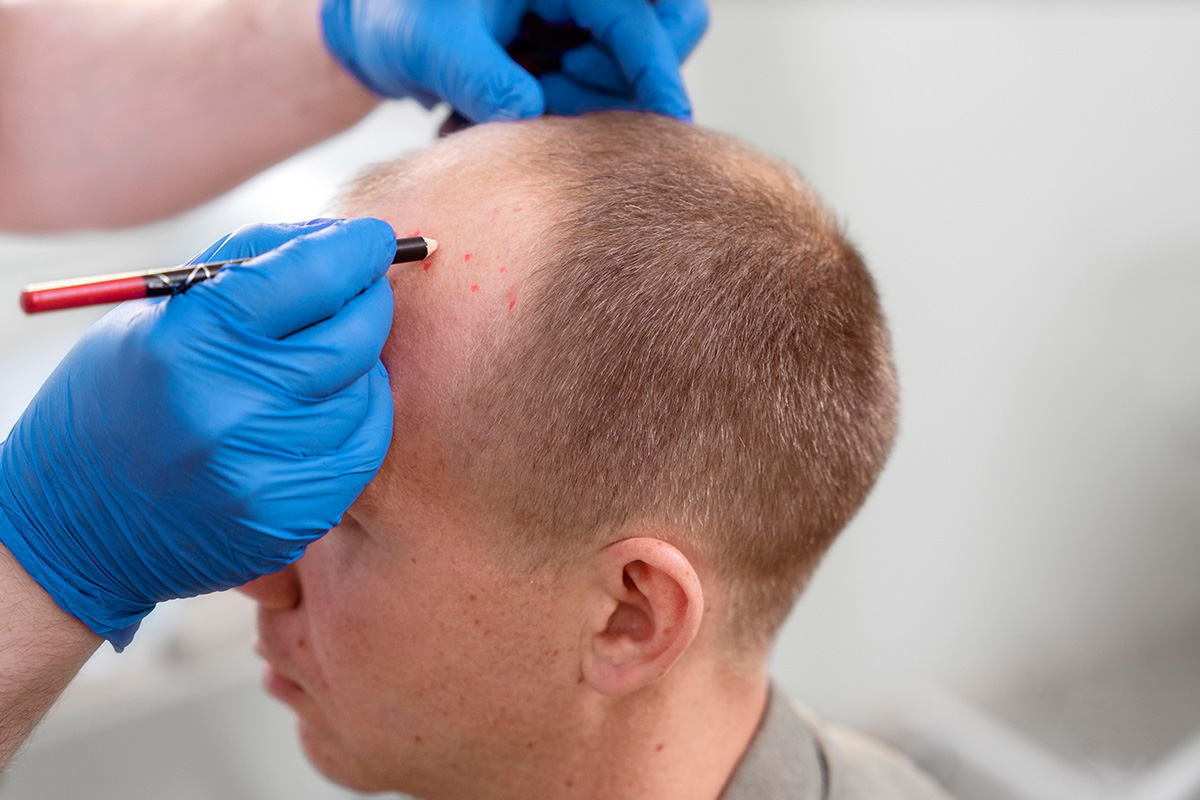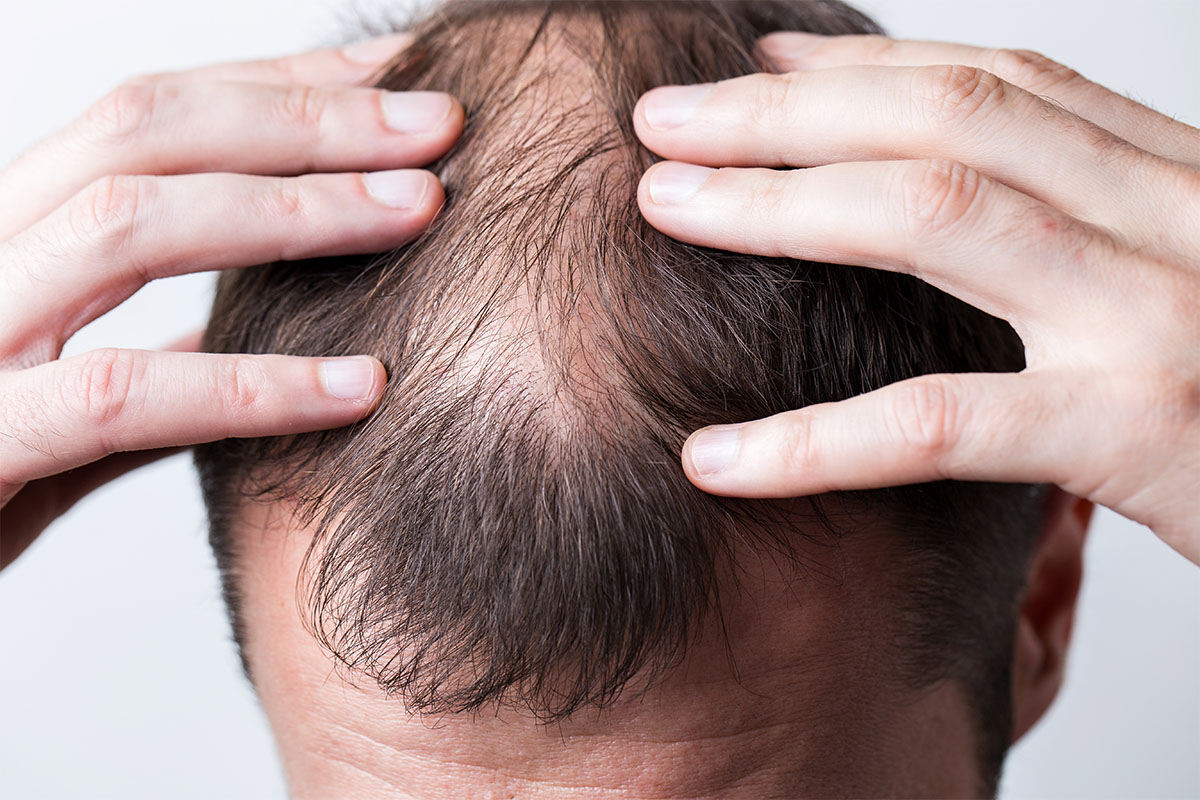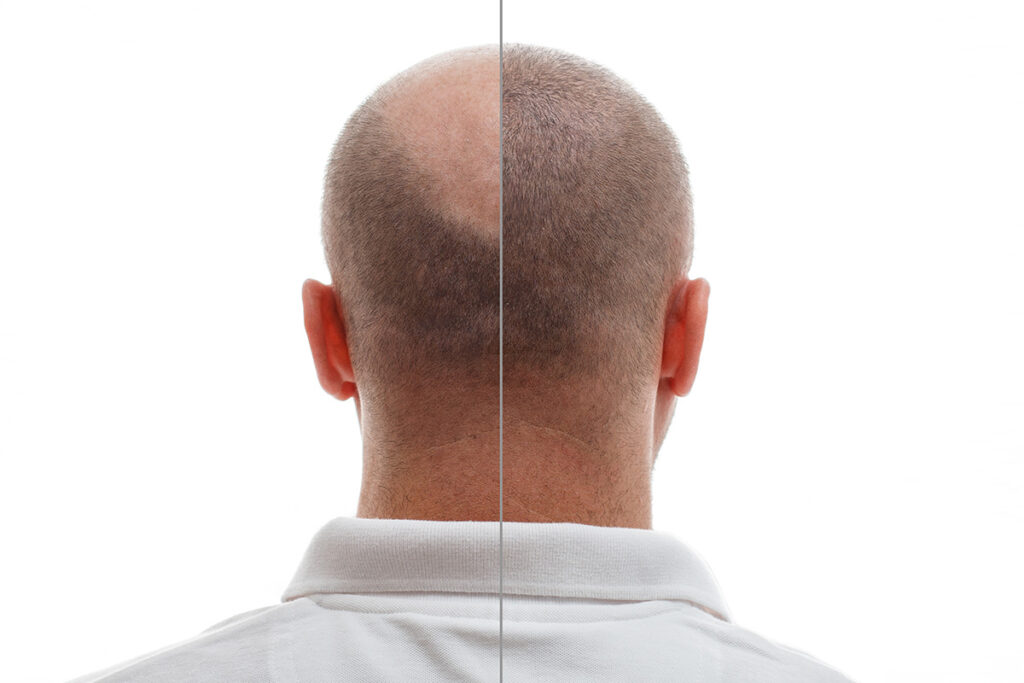Hair Transplantation
Hair transplantation is a surgical technique that helps to restore hair in areas of the scalp that have experienced thinning or baldness. This Guide to Hair Transplantation provides an essential overview of the procedure, the techniques involved, and what candidates can expect from the outcome. It is designed for individuals considering this option as well as professionals looking to deepen their understanding of the process.
What is Hair Transplantation?
Hair transplantation involves moving hair follicles from a dense growth area, often referred to as the ‘donor site,’ to a balding or thinning area, known as the ‘recipient site.’ This method is most commonly used to treat male pattern baldness but can also be applied to restore eyelashes, eyebrows, beard hair, and chest hair, and to fill in scars.

Techniques Used in Hair Transplantation
There are two main techniques used in modern hair transplantation: Follicular Unit Transplantation (FUT) and Follicular Unit Extraction (FUE). FUT involves removing a strip of skin from the donor area, from which individual hair follicles are then extracted and transplanted. FUE, on the other hand, involves extracting individual hair follicles directly from the scalp without removing a strip of skin. Each technique has its advantages and suitability, depending on the patient’s condition and preferences.
Preparation for Hair Transplantation
Proper preparation is key to a successful hair transplantation. Candidates should follow their surgeon’s guidelines closely, which may include refraining from smoking and avoiding certain medications that could lead to complications during the surgery. A thorough consultation with a qualified surgeon is also crucial to discuss expectations and outcomes as part of a comprehensive Guide to Hair Transplantation.
The Hair Transplantation Procedure
Hair transplantation is a surgical technique that can effectively restore hair growth in areas affected by thinning or baldness, offering a long-term solution for those struggling with hair loss. During the procedure, the patient is typically under local anesthesia. The duration of the surgery depends on the number of grafts being transplanted but can range from a few hours to a full day. The procedure is meticulously performed to ensure the natural-looking result and the efficient use of the donor hair.
Post-Operative Care and Recovery
After the procedure, patients may experience mild swelling, bruising, and discomfort, which are normal and typically subside within a few days. Following post-operative care instructions is crucial for successful healing and optimal hair growth. This includes taking prescribed medications, using gentle shampoos, and avoiding strenuous activities.
Long-Term Results and Maintenance
The final results of hair transplantation can take several months to appear, as transplanted hair will initially fall out—a phenomenon known as ‘shock loss’—before growing back permanently. Regular follow-ups with the surgeon are essential to monitor the progress and address any concerns. Maintenance of the new hair is generally straightforward and does not require special treatment.

Conclusion
In conclusion, hair transplantation offers a significant and enduring solution for those suffering from hair loss, providing a way to regain not only hair but also confidence and self-esteem. By understanding the key aspects outlined in this Guide to Hair Transplantation, individuals can make well-informed decisions regarding whether this procedure is suitable for their specific needs.
FAQ
- What is hair transplantation?
- Hair transplantation is a surgical procedure to move hair follicles from one part of the body to another, primarily used to treat baldness.
- What are the main techniques in hair transplantation?
- The main techniques include Follicular Unit Transplantation (FUT) and Follicular Unit Extraction (FUE).
- Who is a good candidate for hair transplantation?
- Good candidates are those with stable hair loss, adequate donor hair, and realistic expectations about the results.
- How long does the hair transplantation procedure take?
- It can take anywhere from a few hours to a full day, depending on the extent of the area being treated.
- Is hair transplantation painful?
- The procedure is performed under local anesthesia to minimize discomfort.
- What can I expect during recovery from hair transplantation?
- Expect some swelling and discomfort which typically subside within a few days post-operation.
- When will I see the results from my hair transplantation?
- Final results are typically visible within six to twelve months after the procedure.
- How permanent are hair transplantation results?
- The results of hair transplantation can be very long-lasting, often permanent.
- Are there any risks associated with hair transplantation?
- Like any surgical procedure, risks include infection, scarring, and unnatural-looking results if not performed properly.
- Can hair transplantation be used to restore hair on parts of the body other than the scalp?
- Yes, it can also be used to restore eyebrows, eyelashes, beard hair, and chest hair.












